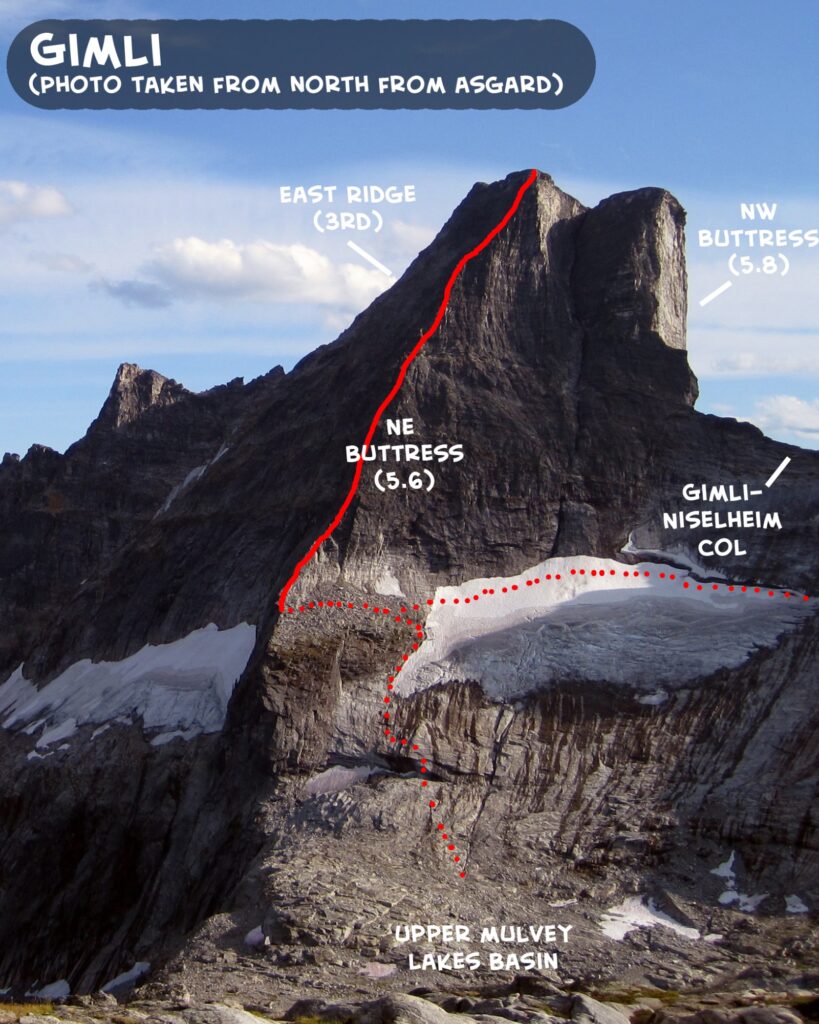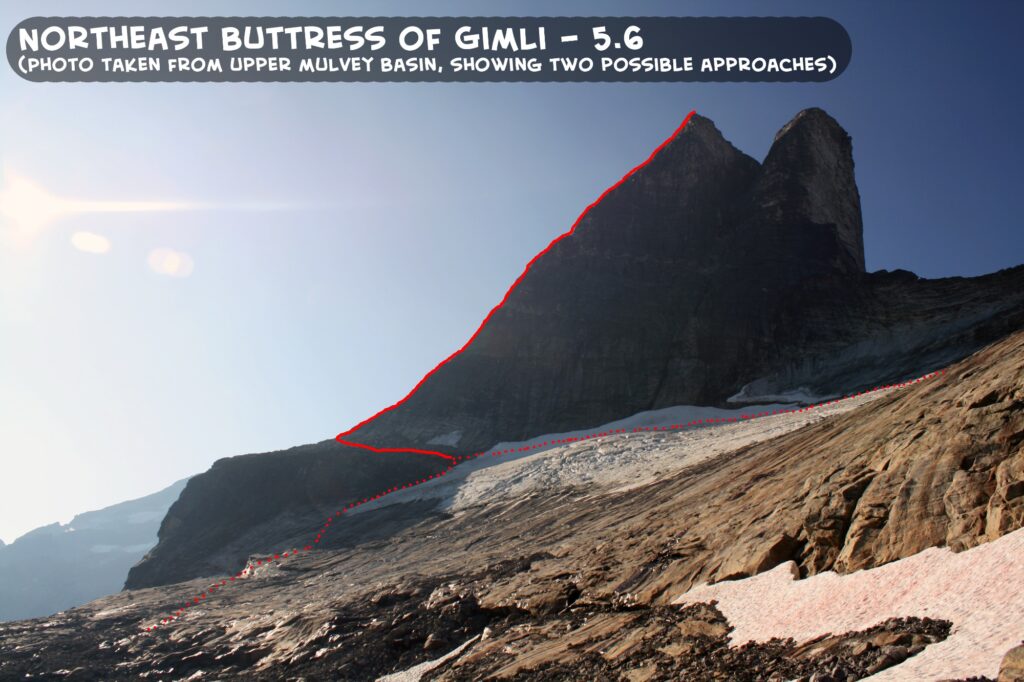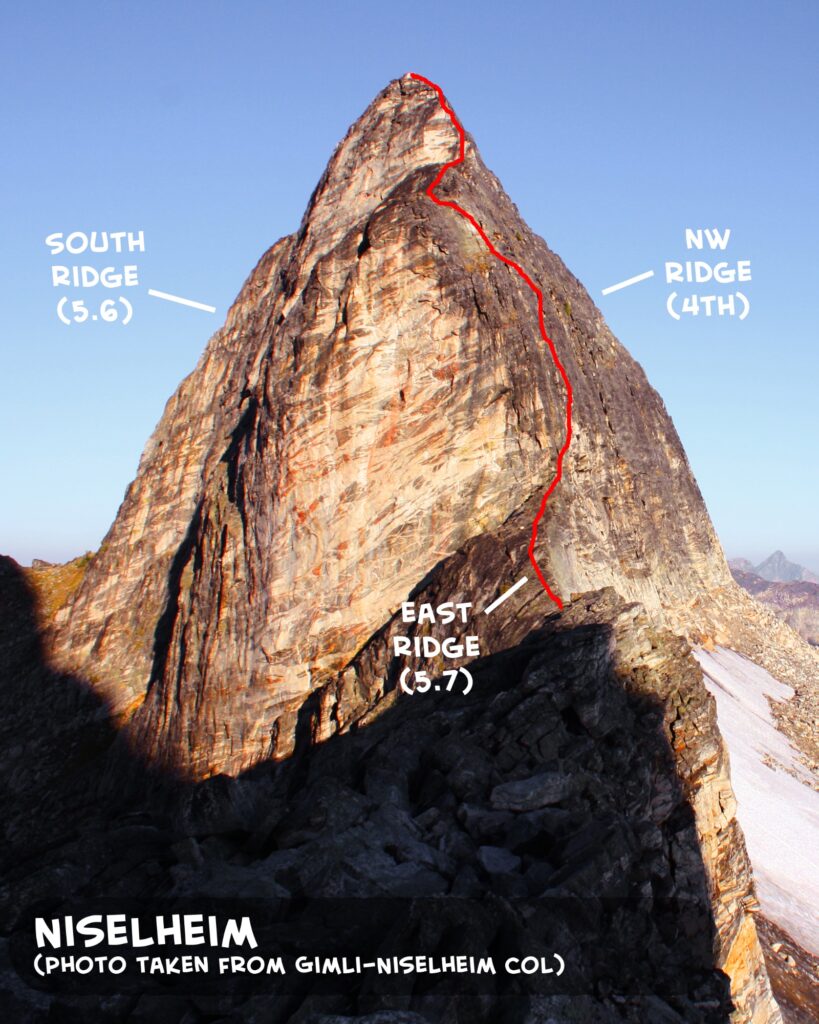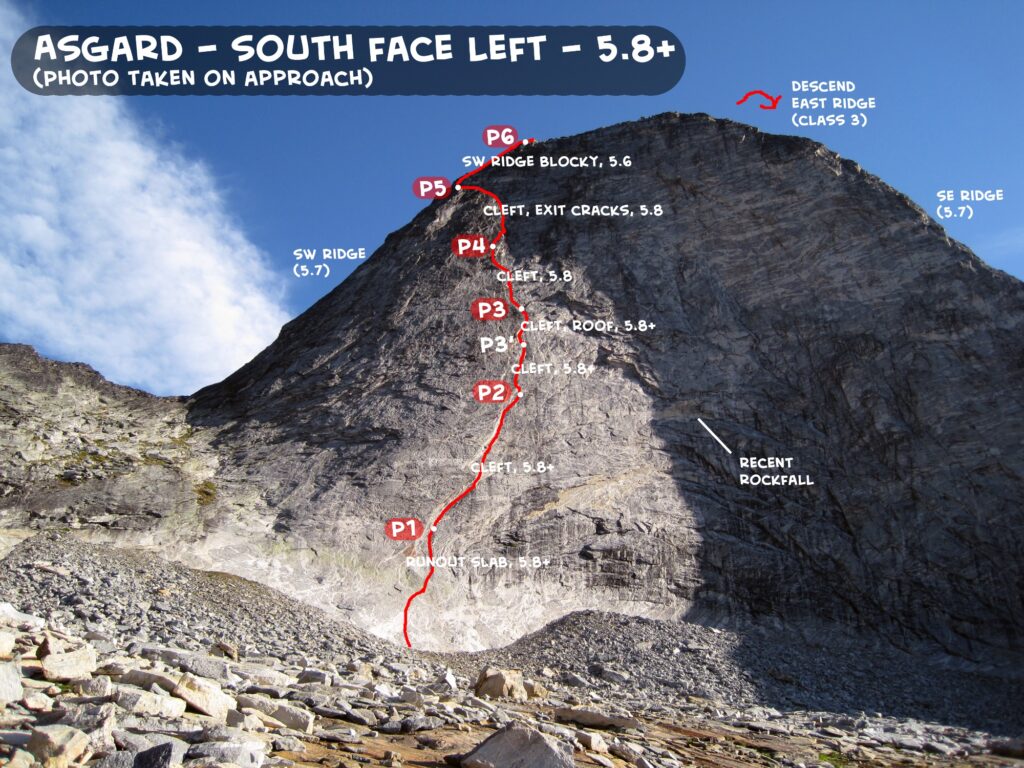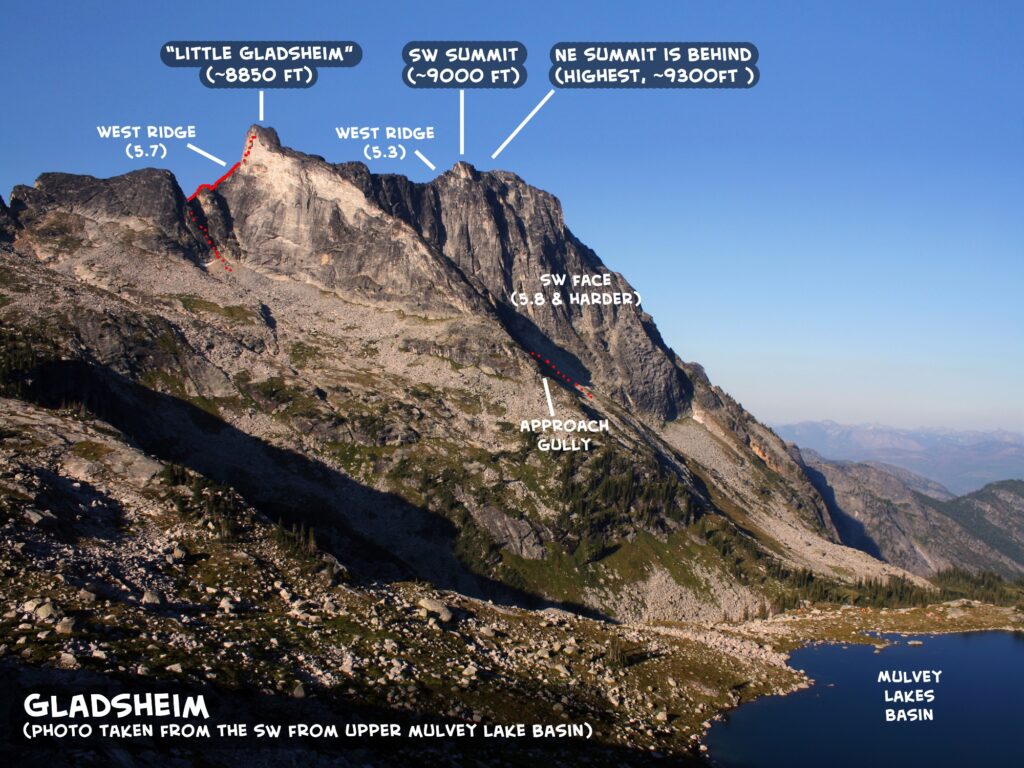The Valhalla Range is a dramatically diverse area in the Selkirks of SW British Columbia, about 100km south of the Bugaboos. Along the southwestern boundary of Valhalla Provincial Park is an outstanding group of spires including Mount Dag, Wolf's Ears, Gimli, Asgard, and Gladsheim, all over 2,660m. These peaks offer great climbing.
The lack of published beta for these climbs is part of what makes the Valhallas unique and challenging. It is nice to find an area of great climbing where there is not a myriad of route descriptions detailing every turn on every possible climbing line. With the internet, many climbing areas are suffering from beta overload. I was strangely pleased when a Google search of the Valhallas yielded only ample information on one climb - the popular South Ridge of Gimli - leaving the other peaks/climbs relatively untainted. There does actually exist a guidebook for the area. An out-of-print Columbia Mountains of Canada West & South (by Whipple) reportedly contains errors and lacks descriptions for more recent routes. A new 2009 West Kootenay Rock Guide (by Kristiansen and Hempsall) provides some useful updated information on accessing the Valhallas, but contains only a few of the routes on just a couple of the peaks. For most climbs in the Valhallas, the only route description that exists is the feature name (i.e. "south ridge", "east face", ect.), so finding and climbing the route lines on the peaks themselves is a challenge left up to the climber.
Although I'm of the opinion that the Valhallas should be kept untainted by today's tendency to overdo route beta, I've put together a webpage summarizing the useful information on the Valhallas that I was able to glean from the guidebooks and internet searches. I've also provided lots of photos and trip reports for the climbs I've done in the Valhallas, but I've tried to leave the beta on the climbs themselves relatively vague. As I mentioned, most climbs in the Valhallas are just described by their feature name.
GO TO my WEBPAGE that has an OVERVIEW of the VALHALLA RANGE, including MAPS, APPROACH, CAMPING, and PEAKS/CLIMBS. 
